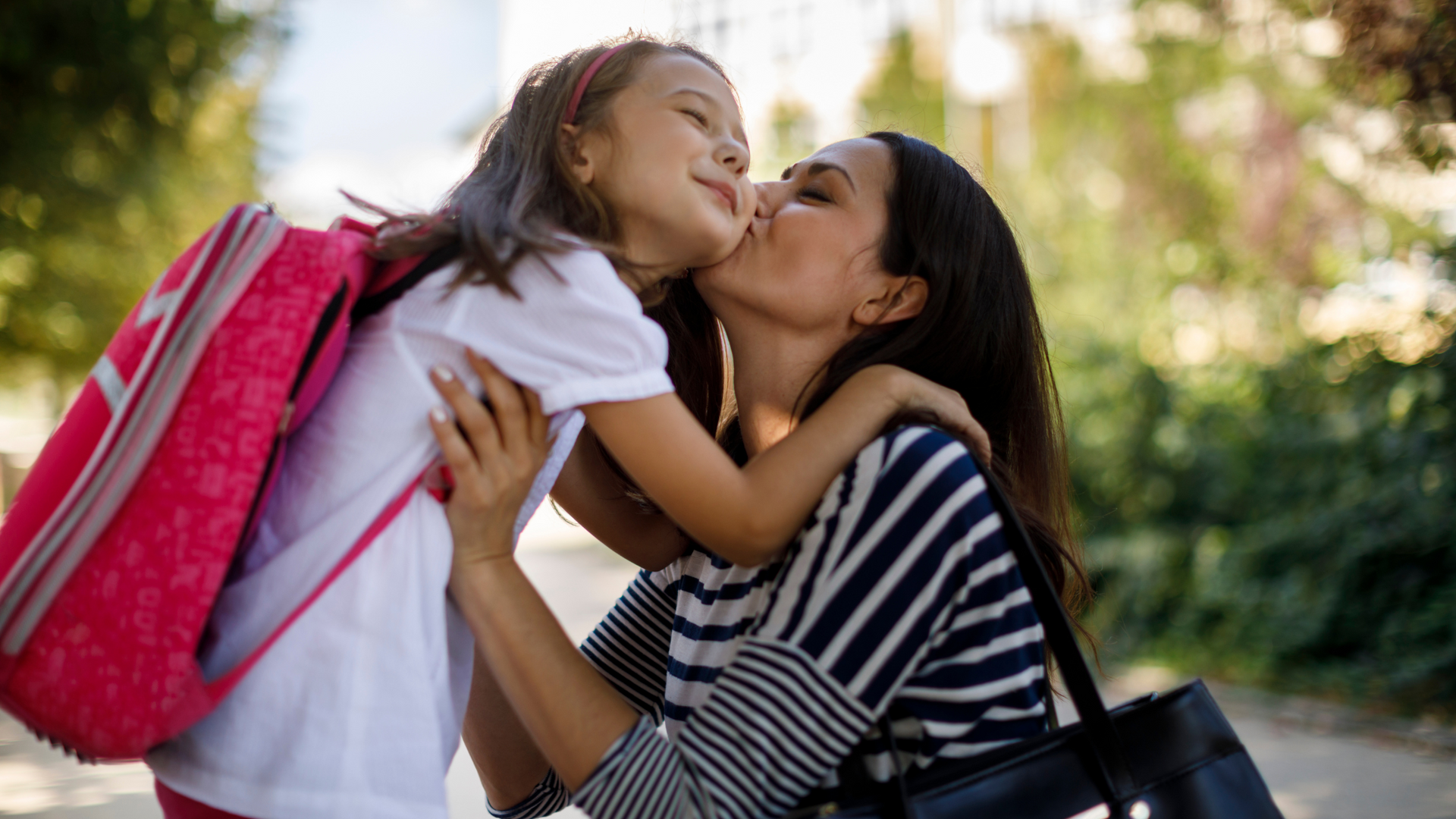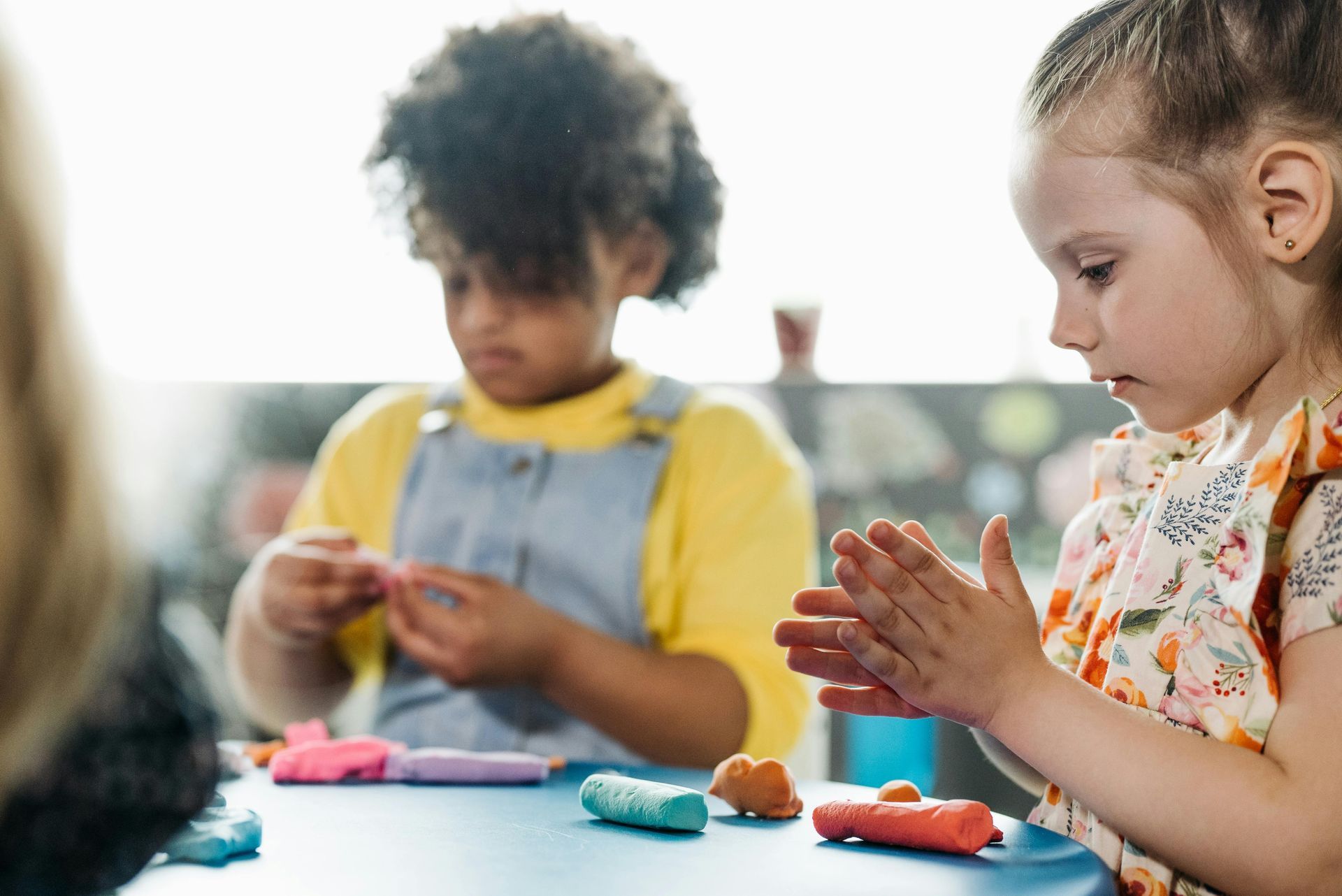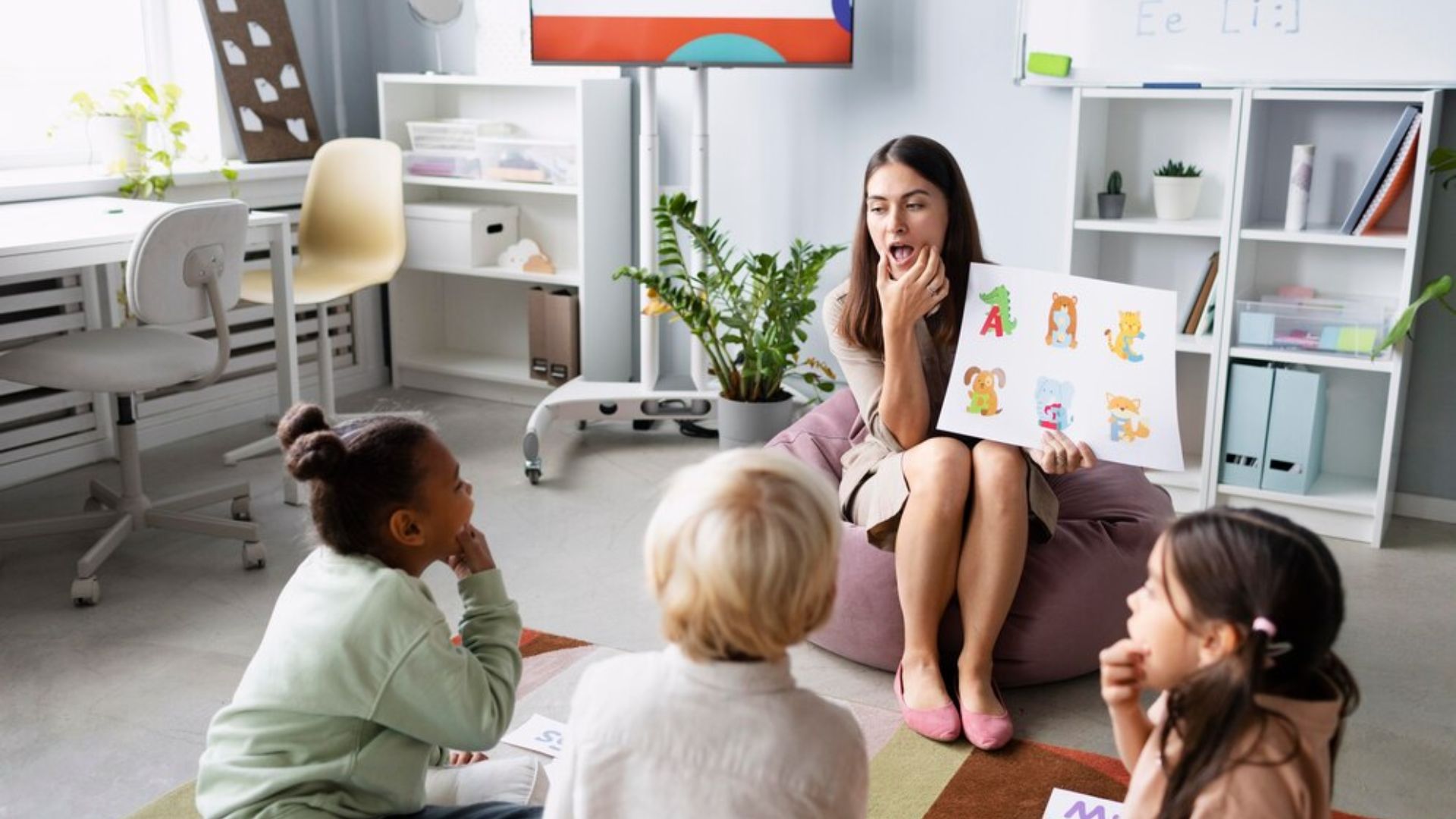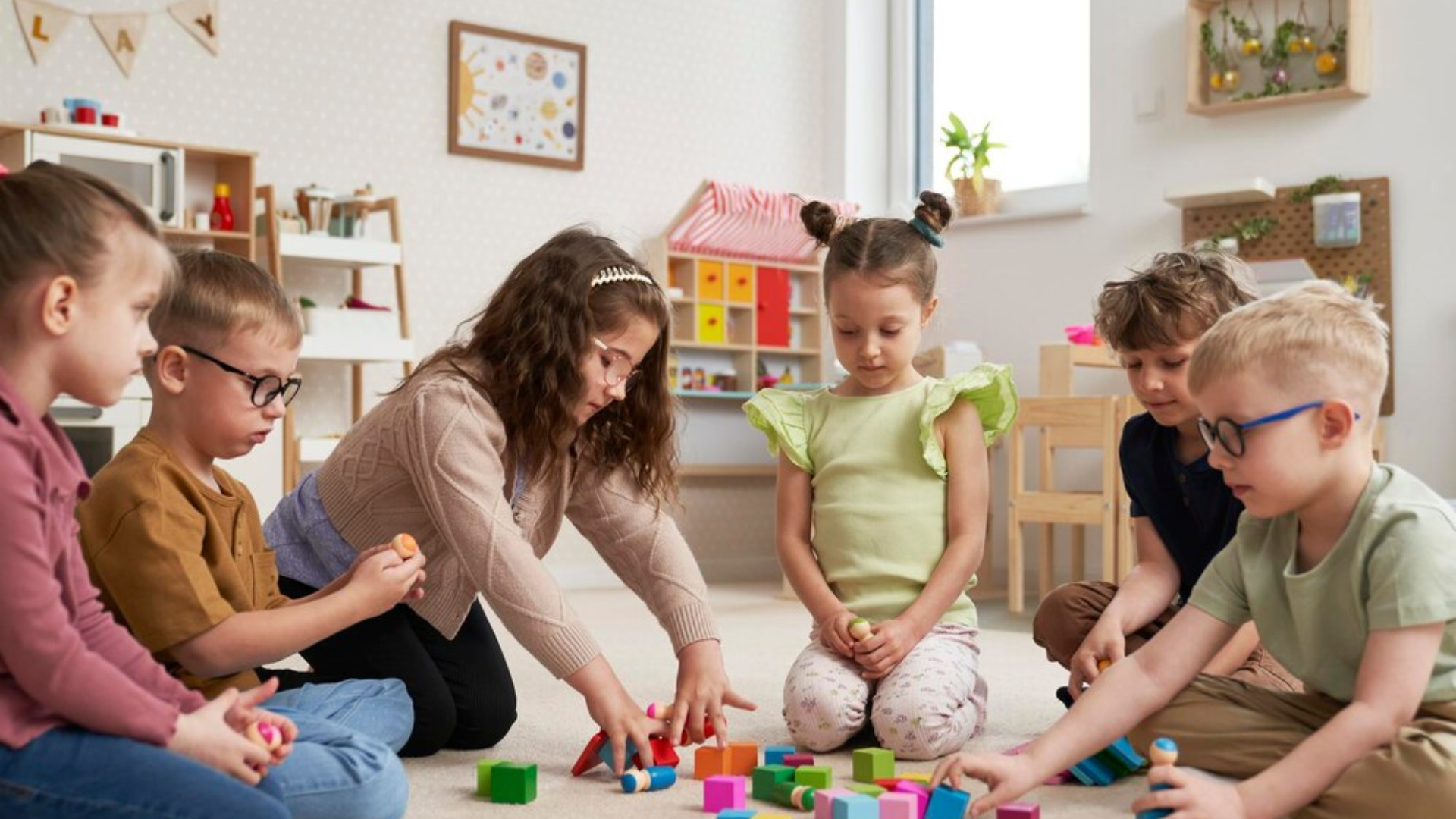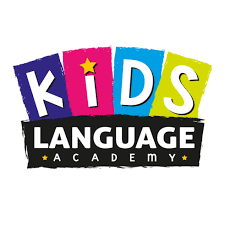How Kids Language Academy in Florida Creates Confident Speakers in Multiple Languages

In today’s globalized world, the ability to speak multiple languages isn’t just a skill—it’s a superpower. For children growing up in Florida, a state rich in diversity and cultural exchange, being able to communicate across different languages opens up countless opportunities. Kids Language Academy is at the forefront of equipping children with the tools they need to become confident speakers in multiple languages. With a comprehensive, immersive approach, the academy is helping Florida’s youth develop the language skills they need to thrive in an interconnected world.
So, how exactly does Kids Language Academy foster confident, bilingual speakers? Let’s take a closer look at the academy’s methods, programs, and philosophy that set children on a path to fluency and self-assurance.
1. Immersive Learning: The Key to Natural Language Acquisition
At Kids Language Academy, learning a new language is not about memorizing vocabulary and grammar rules—it’s about immersion. The academy employs a language immersion model, where children are surrounded by the new language in every lesson. From the moment they step into the classroom, kids are encouraged to engage in real-life conversations, play-based activities, and interactive learning experiences.
Immersion is a proven method for language acquisition because it mimics the way children naturally learn their first language. In an immersive environment, kids are constantly exposed to the language, reinforcing their listening, speaking, reading, and writing skills in a way that feels intuitive and enjoyable.
For example, in a Spanish class, children might practice counting, singing songs, or playing games—all in Spanish. This constant exposure allows them to pick up the language naturally and gain confidence in their ability to communicate. Rather than focusing on rote memorization, the academy emphasizes contextual learning, which allows children to see how the language works in real-world situations.
2. Play-Based Learning for Confidence and Engagement
Children learn best when they are having fun, and Kids Language Academy knows this well. The academy’s play-based learning approach uses engaging activities to teach language in an interactive, stress-free way. Whether it’s through games, songs, role-playing, or creative arts, kids have the opportunity to use the new language while enjoying the process.
By integrating language learning with playful activities, children build confidence in their abilities without feeling pressured. For instance, a child learning French might pretend to order food at a French café or act out a short story in French. These activities not only reinforce language skills but also make children feel more comfortable speaking and using the language in front of others.
Elena, a Florida parent, says, “My son loves his French classes because they’re so interactive. He doesn’t even realize how much he’s learning because he’s too busy playing and having fun with the other kids. It’s amazing to see how much his confidence has grown.”
The academy’s focus on play makes language learning a positive, enjoyable experience, helping children feel more self-assured as they gain fluency.
3. Individualized Attention for Every Child
No two children are the same, and Kids Language Academy understands that each child learns at their own pace. To ensure that every child becomes a confident speaker, the academy offers individualized attention and tailors lessons to suit each student’s unique learning style and level.
The small class sizes allow teachers to give focused attention to each student, ensuring they feel supported and encouraged as they progress through their language journey. Whether a child is a complete beginner or already has some experience with the language, the academy’s teachers adjust their teaching methods to meet each child’s needs.
This personalized approach helps kids overcome any challenges they might face while learning a new language and ensures that they feel confident as they build their skills.
Carlos, a father whose daughter is learning Mandarin at the academy, shares, “The teachers at Kids Language Academy really take the time to get to know my daughter’s learning style. She feels comfortable asking questions and practicing without fear of making mistakes.”
By providing a supportive environment where kids can ask questions and receive personalized feedback, the academy helps build confidence in each child’s ability to succeed.
4. Cultural Immersion: Learning Beyond the Language
One of the standout features of Kids Language Academy is its emphasis on cultural immersion. Learning a new language isn’t just about mastering vocabulary—it’s about understanding the culture behind the language. The academy incorporates cultural lessons into every class, helping children not only learn a language but also appreciate the traditions, customs, and history associated with it.
By participating in cultural activities, such as celebrating international holidays, learning traditional songs, and exploring food from different countries, kids gain a deeper understanding of the language they’re studying. This cultural connection makes language learning feel more meaningful and helps children feel more comfortable and confident in using the language.
For example, while learning Spanish, children might celebrate Día de los Muertos by creating sugar skulls and learning about the Mexican traditions surrounding the holiday. In French classes, they might cook crepes or learn about French fashion and art. These hands-on experiences not only make language learning more fun but also help children see the real-world application of the language.
Maria, whose daughter has been enrolled in the academy’s Spanish program, says, “The cultural lessons have made such a difference. My daughter now has a deeper understanding of the language and the people who speak it. It’s not just about words—it’s about the entire experience of the language.”
By connecting language to culture, Kids Language Academy helps children become confident speakers who can engage with the language in a rich and authentic way.
5. Building Confidence Through Frequent Practice and Interaction
Another key to fostering confident speakers is consistent practice and interaction. At Kids Language Academy, children are encouraged to use the language as much as possible. Whether through group discussions, paired activities, or classroom performances, students are given plenty of opportunities to practice speaking in the target language.
This constant practice helps children become comfortable using the language in a variety of settings, whether they’re ordering food in a restaurant, having a casual conversation with a friend, or giving a short presentation. The academy’s teachers create a supportive and encouraging environment where making mistakes is seen as a natural part of the learning process.
As children continue to practice and gain experience, their confidence grows. They begin to realize that the more they use the language, the easier and more enjoyable it becomes.
John, whose son is learning Italian, shares, “At first, my son was hesitant to speak Italian outside of class, but now he proudly speaks it whenever he can. The more he practices, the more confident he becomes.”
Through frequent, supportive interaction, Kids Language Academy helps children develop fluency and confidence in their new language skills.
6. Parent Involvement and Support
Kids Language Academy understands that language learning is a journey that involves the entire family. The academy encourages parent involvement by providing resources to help families practice at home, attend cultural events, and support their child’s progress. Whether through providing vocabulary sheets, offering language practice apps, or hosting family language nights, the academy ensures that parents can actively participate in their child’s learning process.
This partnership between parents, teachers, and students creates a strong support system that further boosts a child’s confidence in their language abilities.
Elizabeth, a mother whose child is learning French, says, “We love how involved the academy encourages parents to be. We practice French together at home, and it’s become a fun family activity. My child is so proud of what she’s learning, and it’s thanks to the academy’s encouragement and support.”
This collaborative approach helps children feel supported in their language journey, reinforcing their confidence and enthusiasm.
Discover how
Kids Language Academy gives Florida children a head start in multilingual skills through immersive, play-based learning that builds confidence and fluency. By integrating real-world conversations and cultural experiences, the academy ensures that young learners develop the skills they need to succeed in a diverse and interconnected world.
Learn more about
Florida’s secret to raising bilingual kids and how Kids Language Academy’s comprehensive programs foster natural language acquisition, helping children become confident multilingual speakers while embracing new cultures.
Conclusion
At Kids Language Academy, the journey to becoming a confident speaker of multiple languages is not just about learning words and phrases—it’s about building the skills, confidence, and cultural understanding that will serve children throughout their lives. Through immersive learning, play-based activities, individualized attention, and a strong cultural connection, the academy creates an environment where children feel empowered to speak and use their language skills with ease.
By nurturing language development in a fun, supportive, and engaging way, Kids Language Academy ensures that Florida’s children become confident, capable speakers who are ready to take on the world—one language at a time.
